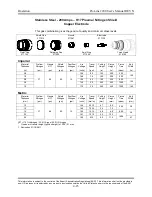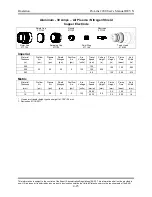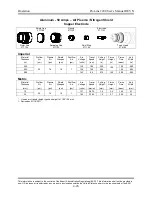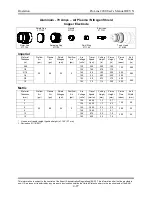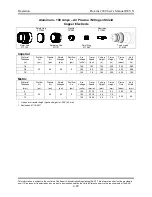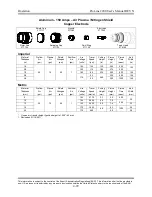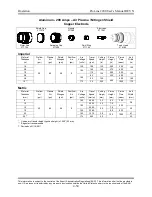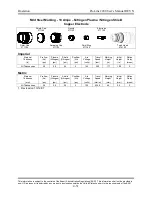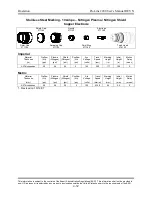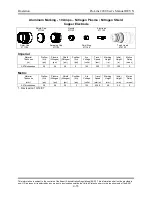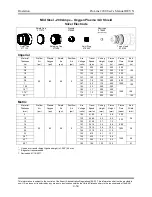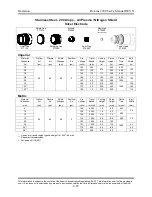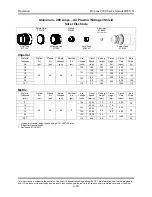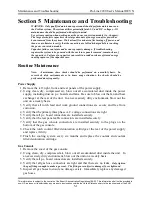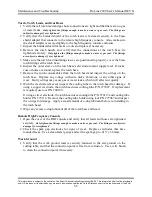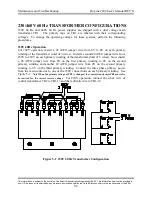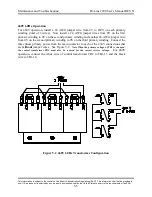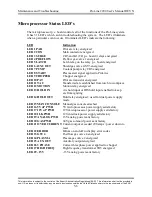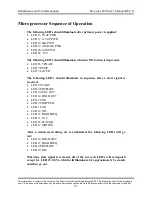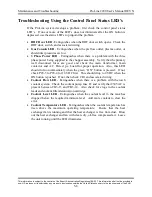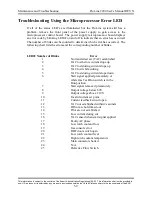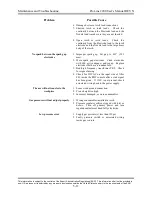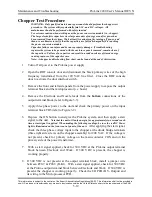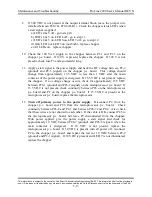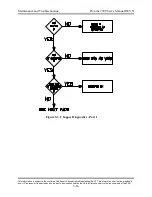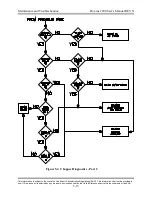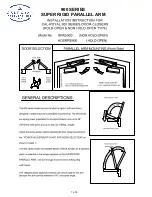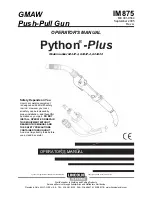
Maintenance and Troubleshooting
ProLine 2200 User’s Manual REV N
This information is subject to the controls of the Export Administration Regulations [EAR]. This information shall not be provided to
non-U.S. persons or transferred by any means to any location outside the United States contrary to the requirements of the EAR.
5-1
Section 5 Maintenance and Troubleshooting
WARNING: Only qualified maintenance personnel should perform maintenance on
the ProLine system. The system utilizes potentially fatal A.C. and D.C. voltages. All
maintenance should be performed with safety in mind.
Use extreme caution when working near the power conversion module (i.e., chopper).
The large electrolytic capacitors store large amounts of energy even after power has
been removed from the system. Wait at least five minutes after turning off power, and
then use a voltmeter to verify that the capacitors are fully discharged before touching
the power conversion module.
Capacitor failure can injure and/or cause property damage. If troubleshooting
requires the system to be powered with the enclosure panels removed, remain clear of
the capacitors. Failure of a capacitor can result in a sudden release of stored energy
causing rupture of the capacitor case.
Routine Maintenance
Note: At minimum, these checks should be performed on a monthly basis. In
excessively dirty environments or in heavy usage situations, the checks should be
performed more frequently.
Power Supply
1. Remove the left, right, front, and rear panels of the power supply.
2. Using clean, dry, compressed air, blow out all accumulated dust inside the power
supply, including dust on p.c. boards and fans. Be sure to blow out the fan and heat
exchanger at the rear of the unit. In an excessively dirty environment, blow out the
unit on a weekly basis.
3. Verify that all torch lead and work ground connections are secure and free from
corrosion.
4. Verify that the primary three phase A.C. voltage connections are tight
5. Verify that all p.c. board connectors are installed securely.
6. Verify that the rear panel cable connectors are installed securely.
7. Verify that the gas console connectors are installed securely to the plugs on the
bottom of the gas console.
8. Check the torch coolant filter/deionization cartridge at the rear of the power supply
and replace if dirty.
9. Flush the cooling system every six months and replace the coolant and coolant
filter/deionization cartridge.
Gas Console
1.
Remove the cover of the gas console.
2.
Using clean, dry, compressed air, blow out all accumulated dust inside the unit. In
an excessively dirty environment, blow out the unit on a weekly basis.
3.
Verify that all p.c. board connectors are installed securely.
4.
Verify that all gas hose connectors are tight and that there are no leaks.
Only tighten
the gas fittings enough to make a gas seal. The fittings are subject to damage if over tightened
.
5.
Inspect all gas hoses to ensure no damage exists. Immediately replace any damaged
gas hoses.

